“If you want to kill the most things… become a vegan.”
That line probably made you pause. Maybe it made you mad.
Taylor Sheridan said it on the Joe Rogan podcast.
Not a joke. Not a cheap shot. A reality check.
Let’s talk about the real cost of that plant-based utopia everyone’s chasing.
Picture this:
Fields of crops stretching to the horizon. A peaceful scene, right? Clean, green, and “compassionate.”
Wrong.
Beneath that idyllic picture lies destruction.
- Small mammals crushed by harvesters.
- Birds, insects, and bees poisoned by pesticides.
- Soil life and mineral levels obliterated by monocropping.
Entire ecosystems wiped off the map so we can grow soy, corn, and wheat on an industrial scale.
Monocropping is a fancy way of saying "strip the land bare and force it to grow only one thing."
It devastates biodiversity.
The land loses its balance. Farmers are left with no choice but to:
- Dump tons of pesticides to kill the bugs.
- Spray herbicides to wipe out anything daring to grow nearby.
- Pour synthetic fertilizers into dead soil just to coax out another crop.
The result?
Soil that’s no longer alive.
Fields where nothing grows unless it’s pumped full of chemicals.
Wildlife gone, with nowhere to return.
And here’s the kicker:
They call this “sustainable.”
And where do these chemical-laden, toxin-soaked "foods" end up?
In your grocery store.
- Where you shop for them.
- Where you pay a premium for them.
- And worst of all, where you unknowingly feed them to your family.
They’re marketed as “healthy” and “sustainable,” but the truth?
They’re anything but.
This isn’t just about the destruction of the land—it’s about what’s on your plate. What goes into your body. And what’s shaping the health of the people you love most.
But there’s another way. One our ancestors understood without needing studies or corporate buzzwords.
They worked with the land—not against it.
They knew the power of grazing animals.
Millions of bison roamed the plains, and guess what? No climate change. No dead zones. No broken ecosystems.
Why? Because bison were part of a system that worked: the carbon cycle.
This isn’t just science—it’s life.
Here’s how it works:
- Grazing animals naturally fertilize the soil, feeding plants and microbes. No synthetics.
- Healthy grasslands pull carbon from the atmosphere during photosynthesis, storing it safely in their deep roots.
- These ecosystems act as carbon sinks, locking away greenhouse gases and restoring the planet’s natural balance.
No chemicals. No machines. Just life, doing what it’s done for thousands of years.
Switching to an animal-based, regenerative diet isn’t just about nourishing your body—it’s about protecting the carbon cycle, supporting the land, and helping combat climate change.
It’s a cycle of growth. Renewal. Harmony.
A world where every bite of food restores the earth instead of depleting it.
And here’s the best part: this isn’t a fantasy.
It’s a reality we can return to—one choice at a time.


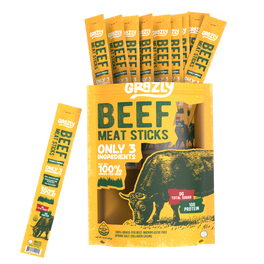
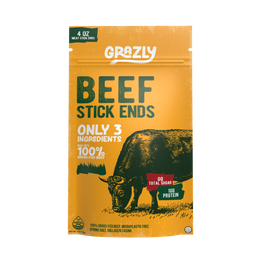
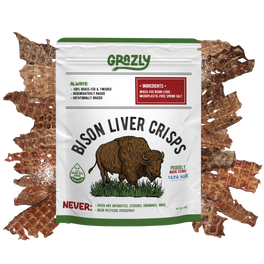
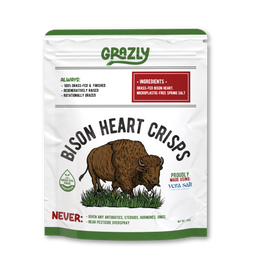
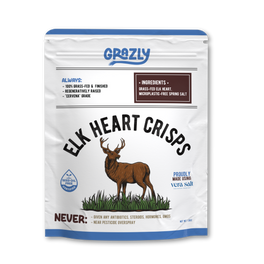
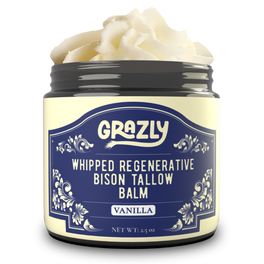
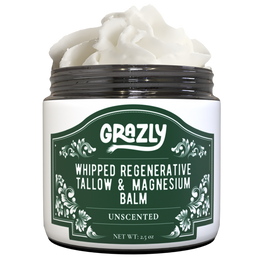
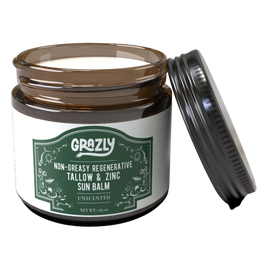
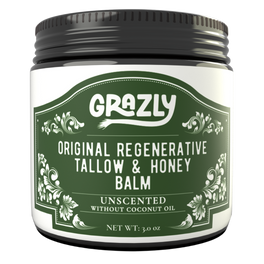
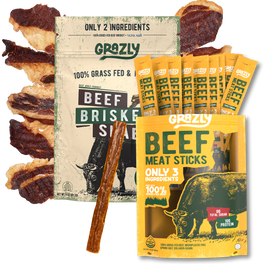

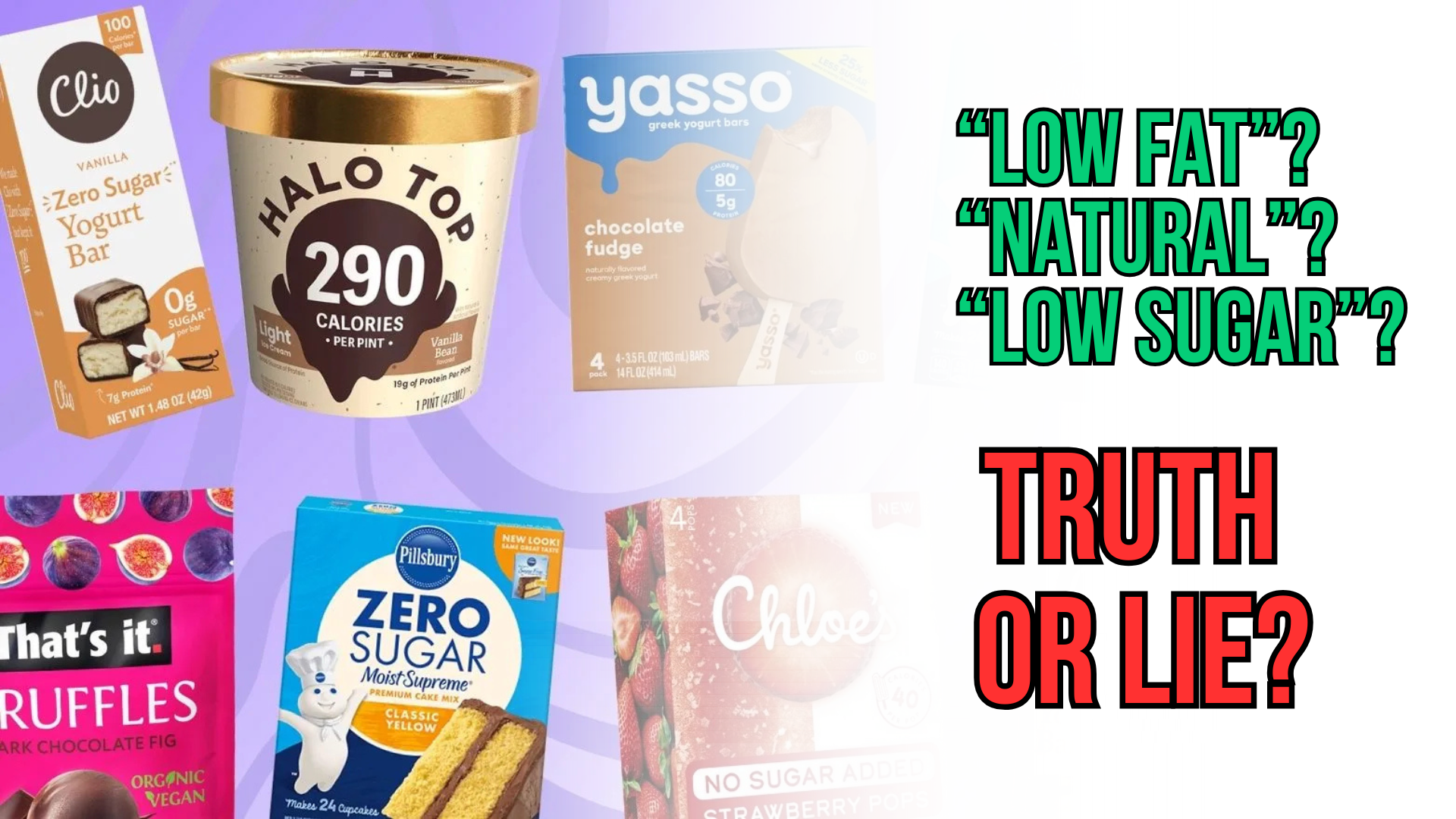
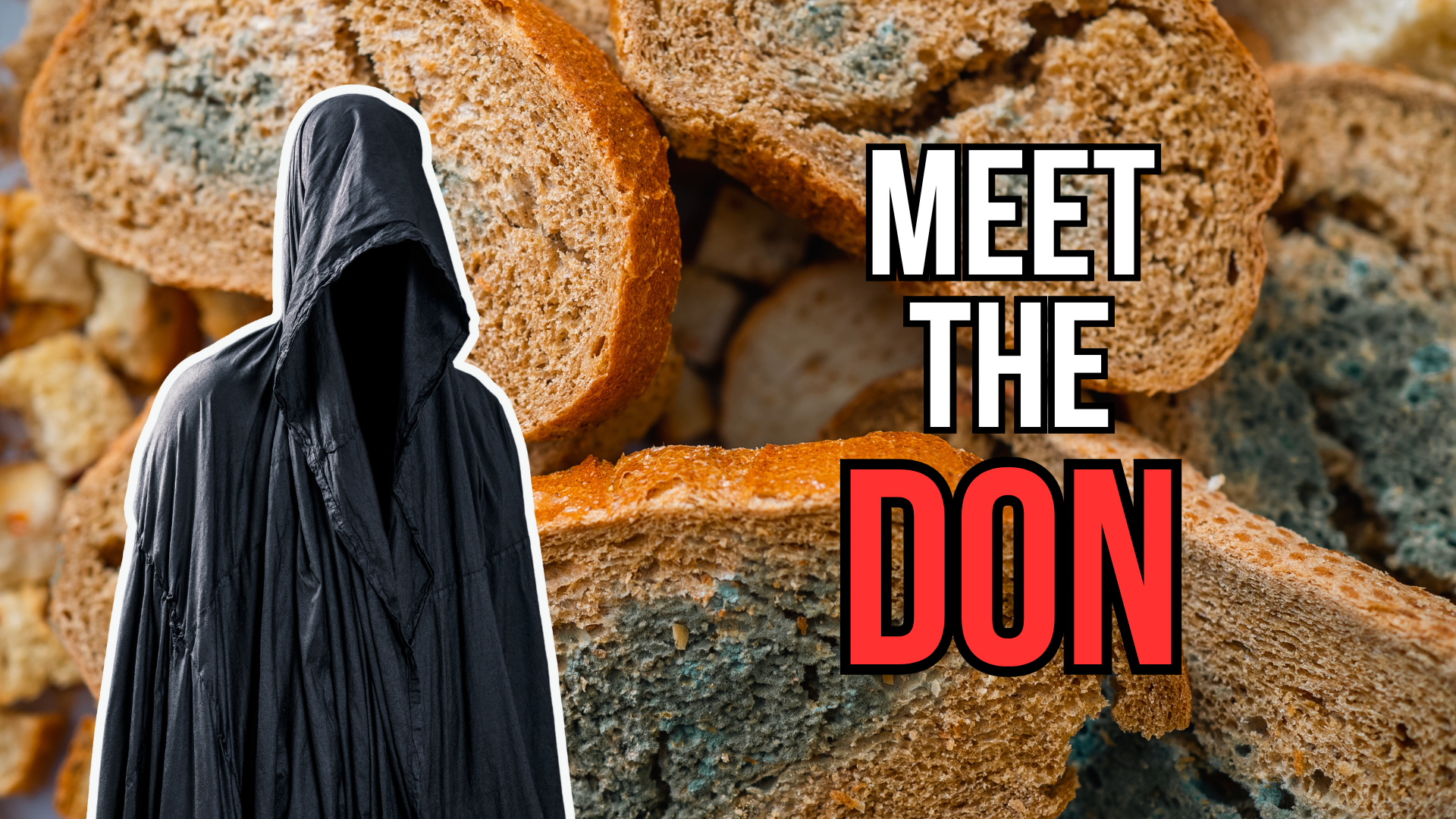
Leave a comment
This site is protected by hCaptcha and the hCaptcha Privacy Policy and Terms of Service apply.